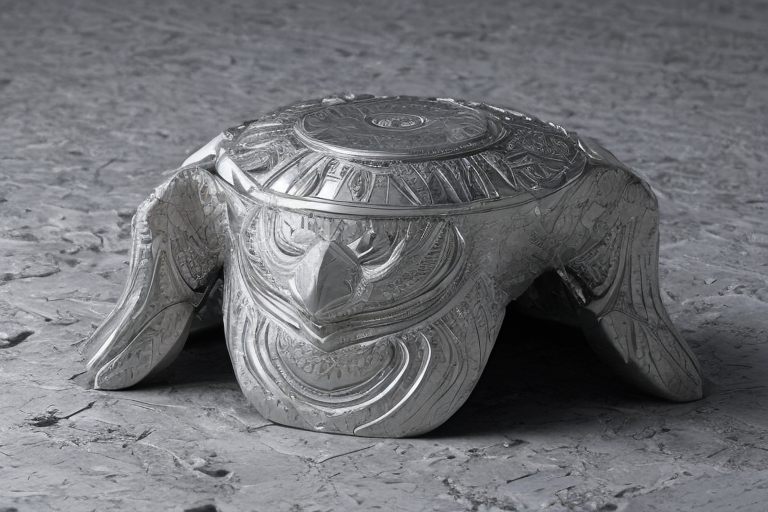In an article published by CNN, Dr. Jacob Weasel shares his experience climbing Mount Everest last May after months of training and conditioning. However, as soon as he arrived on the mountain, he discovered that his fitness was no match for the lack of oxygen available at such high altitudes. Climbers aiming to summit are required to acclimatize their lungs through a routine called rotations before embarking upwards to avoid severe complications like High-altitude cerebral edema (HACE). Weasel encountered frozen bodies on the mountain, reminding him of death’s fragility and motivating his appreciation for life. The article also highlights that Everest has long been a tomb for climbers who have succumbed to harsh conditions or accidents while attempting its summit; some even leave behind corpses due to practicality constraints in bad weather. Despite the danger, Alan Arnette believes climbing Mount Everest should not deter people from trying as it can lead them home better versions of themselves and promote personal growth through such challenges’ adversities. With roughly 300 individuals holding permits this year to climb the mountain following a decline due to last year’s 18 fatal deaths, Weasel echoed Arnette by stating that people should not let Everest’s danger deter them from attempting its summit because it offers an opportunity for personal growth.
Conquering the Frigid Heights: Dr. Jacob Weasel’s Mount Everest Ascent and Appreciation of Life amidst Deathly Conditions
•
Recent Posts
Advertisement
Advertisement example


Leave a Reply